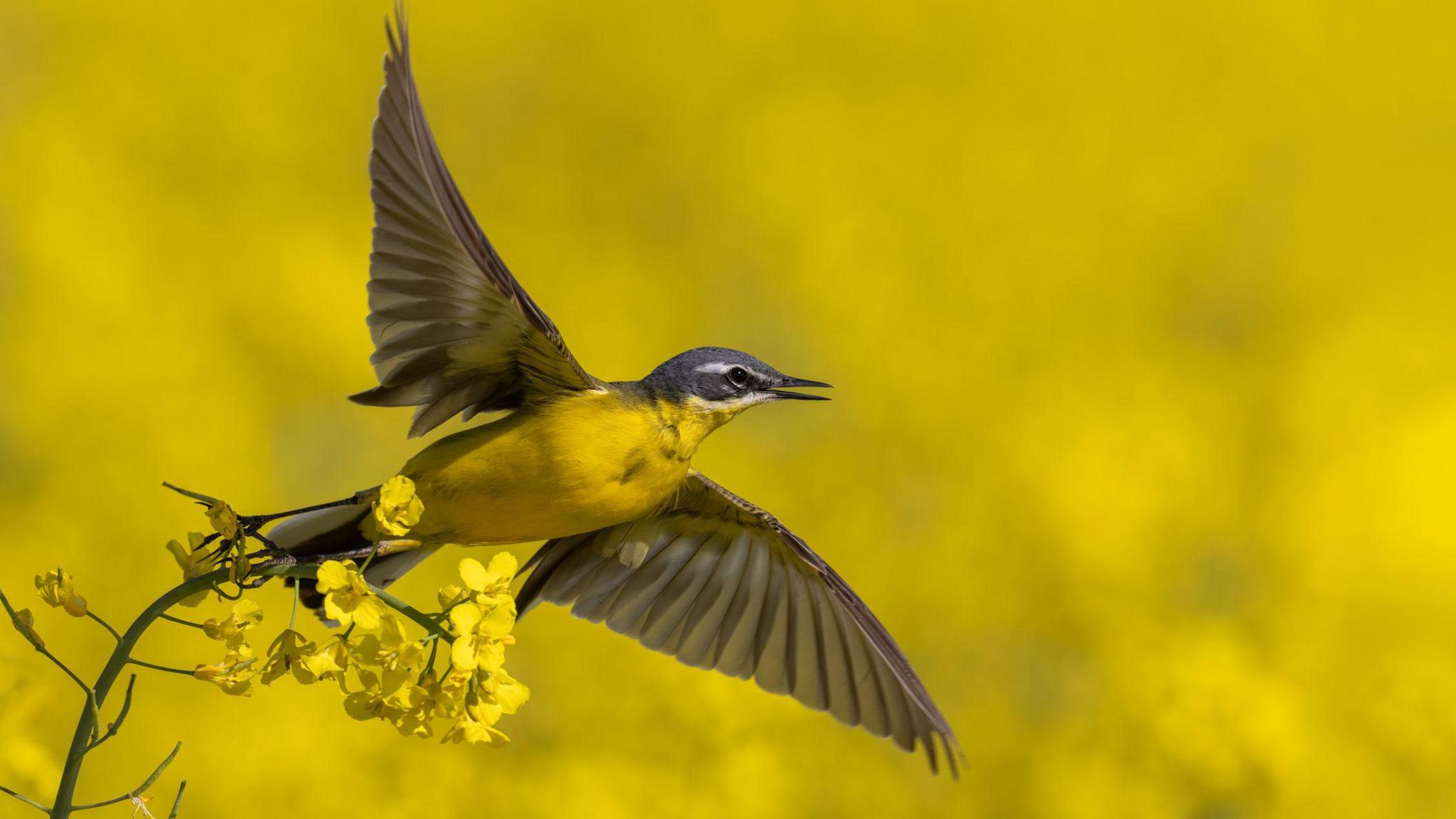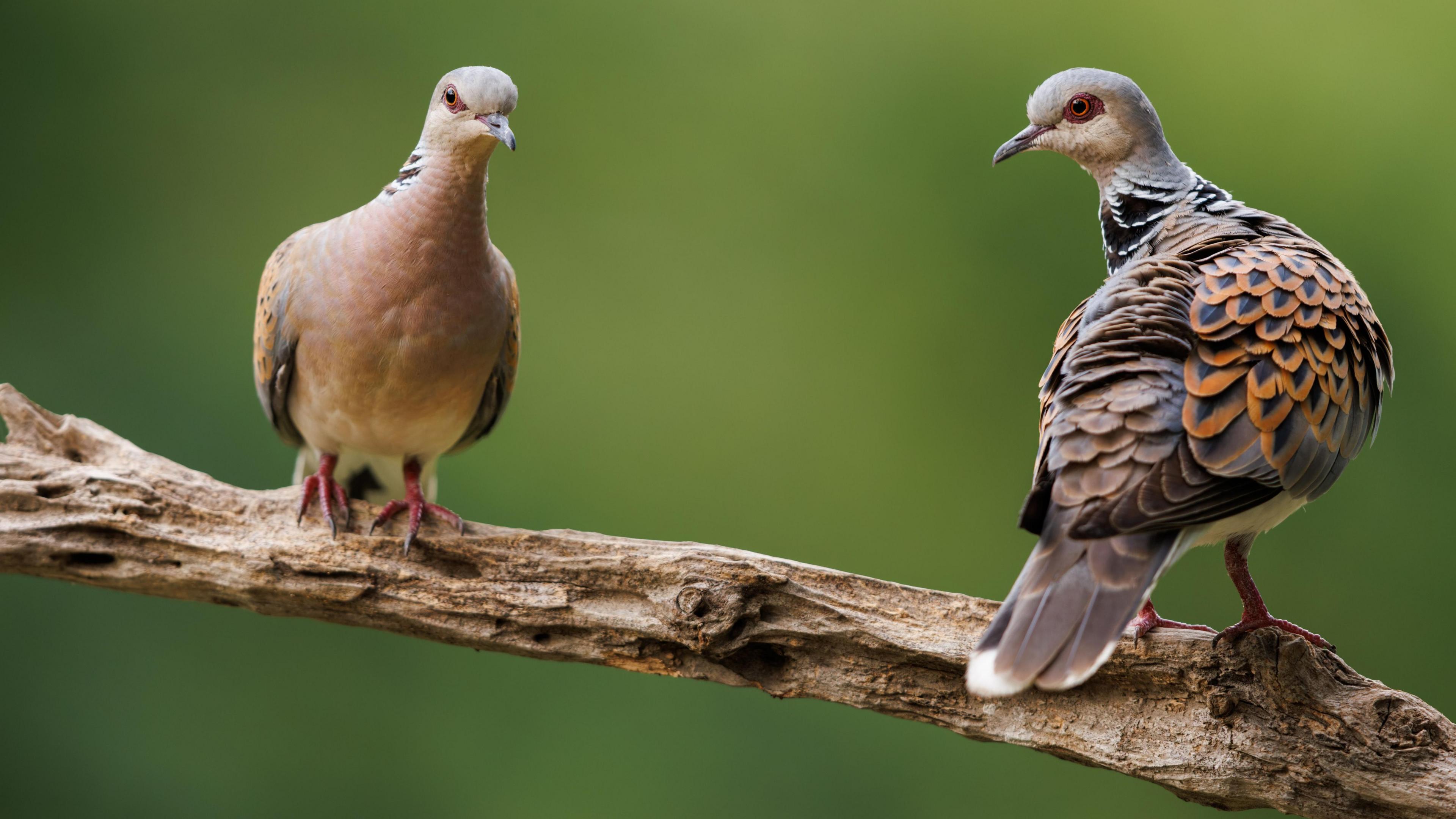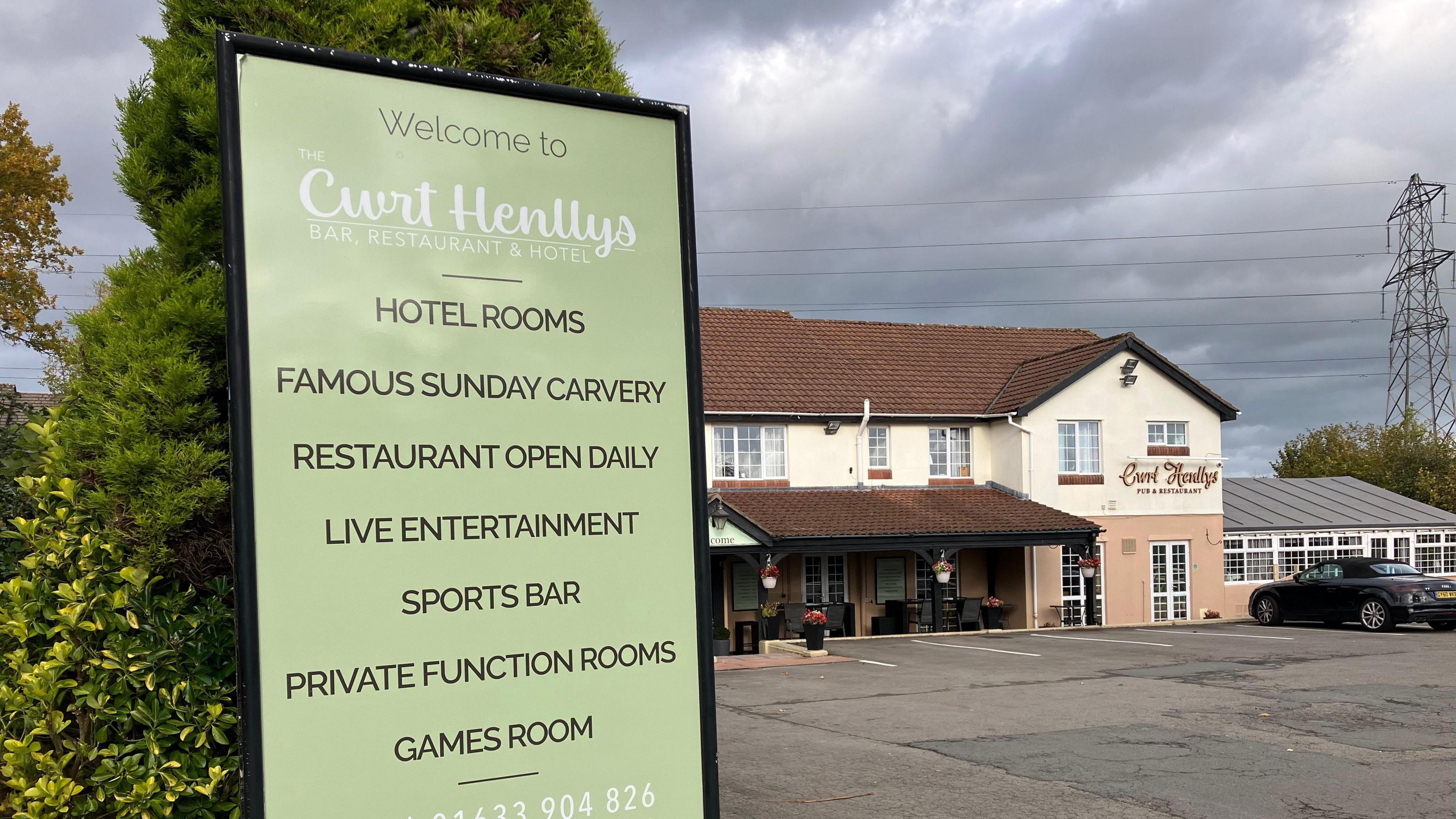The species at risk of extinction named in UK-first report

The yellow wagtail is one of 27 bird species identified as being "at peril" in Wales
- Published
Thousands of species at risk of extinction in Wales have been revealed in a new study.
The "first of its kind in the UK" report identified the country's rarest species, including the high brown fritillary butterfly and Snowden leaf beetle, based on how geographically restricted they are, said Natural Resources Wales, external (NRW).
Three thousand species were found to now exist in five places or fewer, making them highly vulnerable to habitat loss, climate change and sudden catastrophic incidents like storms, it said.
The Welsh government body, tasked with conservation and protecting the environment, hopes the findings help it focus resources on areas at highest risk of losing species forever.
New law means public can help protect Wales' wildlife
- Published2 June
Wales 'lacks plan' to tackle scale of nature loss
- Published20 January
Since the start of the millennium, Wales has already witnessed the loss of 11 species, with the European turtle dove and belted beauty moth becoming geographically extinct.
The Species in Peril report warns others could face a similar fate, including the high brown fritillary butterfly and rainbow-coloured Snowdon leaf beetle, Arctic-Alpine pea mussel, woolly feather-moss and eyed chestnut wrinkle-lichen.

Once widespread, the high brown fritillary butterfly is now only found at one site in the Vale of Glamorgan
But saving them may not cost the earth, according to NRW specialists.
"Some of the solutions for these species are incredibly simply," said Mannon Lewis, strategic projects lead for the body.
"It is to do with changing the grazing regime, changing when we cut our grass, not felling, looking at different ways of trimming our hedges.
"They are low-cost, simple measures and now we know exactly where we need to do it."

Ms Lewis says there are "low-cost, simple measures" to save the thousands of species at risk of extinction across Wales
The report pinpoints the role both nature reserves and Sites of Special Scientific Interest (SSSI) play in ensuring plants and animals survive.
It highlights locations such as Newborough Warren on Anglesey, which is home to 130 of the at-risk species.
It is a designated national nature reserve, made up of sand dunes and forests, where projects are already under way to improve the environment.
Among steps already taken are the introduction of ponies to graze and opening up some of the dunes to the elements.
"It's already achieved a lot," said Mike Howe, one of the ecologists who helped draw up the new study.
"Within months of opening up some of these bare areas, we had species of beetle, which hadn't been recorded on Newborough for about 10 years, suddenly appearing in huge numbers."

The European turtle dove has become geographically extinct in Wales
Conservationist Tyler Hallman said NRW's approach - particularly linking networks of special sites and nature reserves - offered a positive way forward and could even lead to species currently extinct in Wales making a return.
"I think there are huge conservation success stories," he said.
"The European turtle dove is extinct in Wales but, over the last few years, their population in Europe has increased greatly so who knows - that one might come back.
"You might see things coming back as conditions improve and the species as a whole do better. I guess that's a huge positive - there are things we can do."
More top stories
- Published5 hours ago

- Published13 hours ago

- Published16 hours ago
